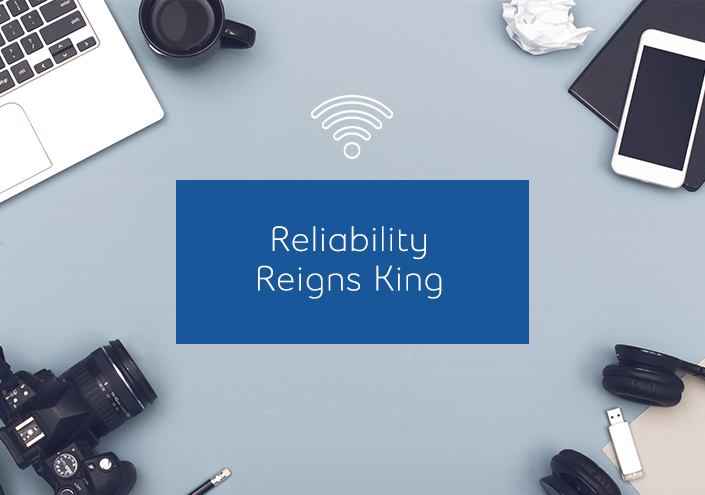How to optimally price your products and services
How to optimally price your products and services
September 28, 2018

For many entrepreneurs, the point of starting a business is to make a great product or deliver a great service and to earn a good living. Pricing has an impact on both of those things, and the truth is a lot of small businesses struggle to know exactly how much to charge their customers1.
Getting it right is important. The harsh reality is that fewer than half of Canadian firms survive after 10 years in business2. An August 2018 Investopedia article ranked “money management” as the second of the top five challenges for small businesses3 – and pricing ultimately has a big impact on the cash you have on hand.
Part of what makes pricing hard is that there are a lot of different factors that affect what you need to charge – and how much customers are willing to pay.
Know your business costs
The most basic thing you need to do when it comes to pricing is getting a handle on your costs. That includes everything from materials you buy and the wages you pay to the lighting and heating for your place of business.
Even if your business is just you, you have expenses, from your cell phone and Internet bill to parking and business services like accounting and legal advice.
Once you’ve tallied up all your costs, you know how much money you need to pay them off. This helps determines the minimum price you need to set for your product or service.
Set your profit margin
This is the trickier part. You don’t just want to break even in your business – to simply recover your costs. Most business owners want to make a profit. So how much profit can you reasonably expect to make?
There are two key things you can do to help answer that question:
- Assess the competition. Take a look at your competitors’ pricing to determine what ballpark your prices should be in. Whether you price at the same level, above or below it will depend a lot on your business goals, brand and marketplace positioning. If you are offering something unique, you can price a bit higher than others in your competitor category.
- Know your (potential) customers. If your customers don’t care that your pots and pans are made with top-grade steel, you really have two choices: start selling a lower-quality product or find a new market segment that is willing to pay more. If you opt for the latter, you’ll need to adopt marketing techniques tailored to that new target – for example, by establishing a website that attracts them or advertising where they are already looking.
Remember:
- Prices must reflect your expenses whether your business is online, bricks and mortar or a combination of both
- Prices must align with overall business goals
- Prices must be realistic, according to what your customer segments are willing to pay
Once you know what the competition is doing and have a good understanding of how much your customers are willing to pay, you probably have a pretty good idea of where to set your prices to meet your targets.
Remember that in-person and online are different
If e-commerce is part of your business – or if your business is entirely online – there are some other things you need to think about when it comes to pricing. Shipping and handling are big ones. Those costs need to be factored into your pricing. You also need to budget for your e-commerce portal and all the technology, communication and banking services that go along with that.
You might choose to distribute the burden of those online costs across your whole business and charge the same for your products and services whether someone buys them in store or online. Or you may want to set up different pricing for your physical and digital sales.
Get help when you need it
Depending on the size of your business, you’ll probably need a certified accountant to help you keep track of costs. Professional financial statements help creditors evaluate your business if you ever need to borrow money, and you’ll need them when you file business taxes if you’re incorporated. Other kinds of business coaches and advisors can assist with decisions like pricing as well.
In the end, the key is to make sure you have all the information about your costs and your marketplace to make a smart decision, and to stay flexible so you can keep up as conditions change.
You may also like...
Efficiency boosters: Tools to help your business run better
Learn moreHow mobile does your business need to be?
Learn moreWhat tech skills do you need to have as a business owner?
Learn moreThe five Ws of cybersecurity for small businesses
Learn morePaying for clicks: Does it work?
Learn moreWhich technology is right for your business?
Learn moreHow to market your business cost-effectively
Learn MoreHow an Advanced Phone System Helps Small Businesses Succeed
Learn more5 Tips to Increase your sales
Learn moreWhich Internet speed works best for your business?
Learn moreReliability Reigns King (Reliability impact on small business)
Learn moreLandlocked by Landlines no More
Learn more5 Ways to Leverage Social Media
Learn moreTop Telco Mistake Small Businesses Make
Learn moreThe importance of online security for SMBs
Learn more













